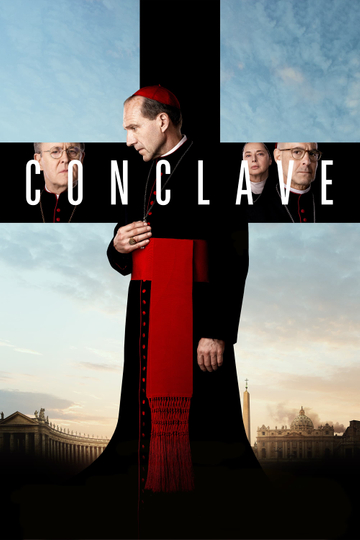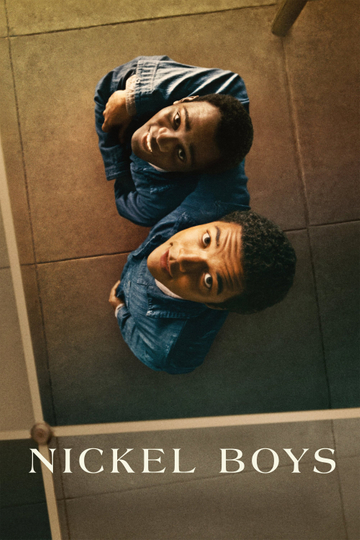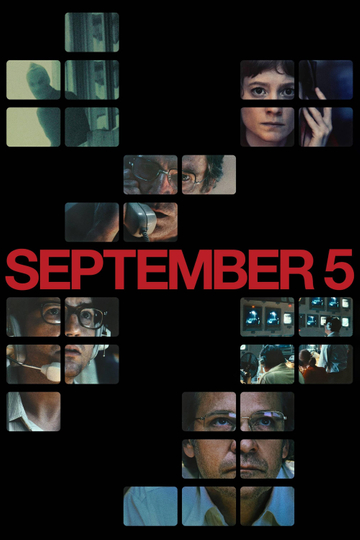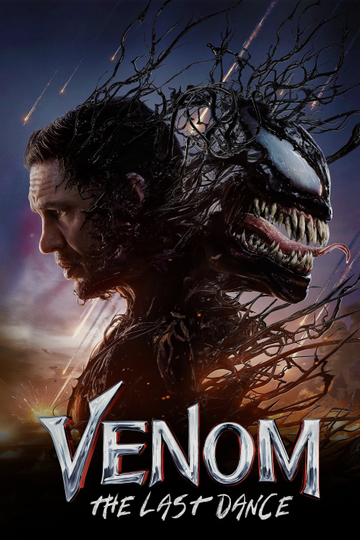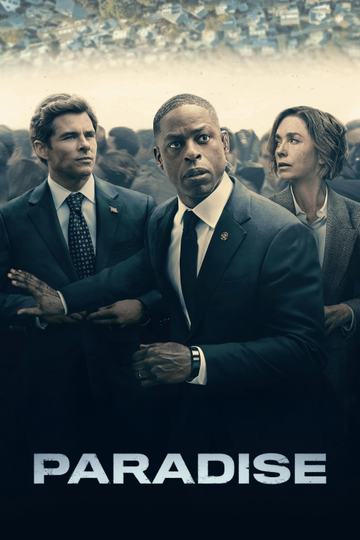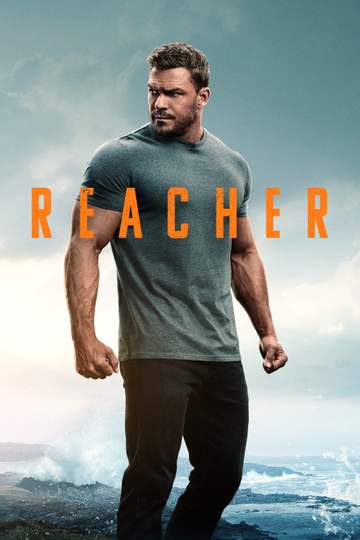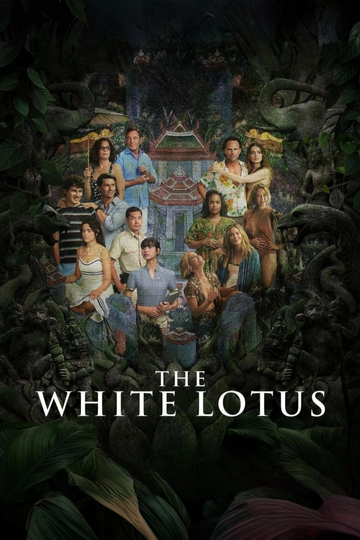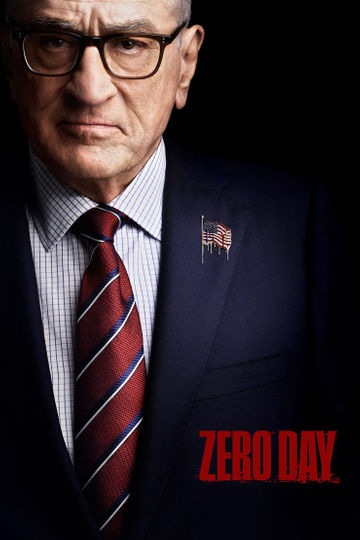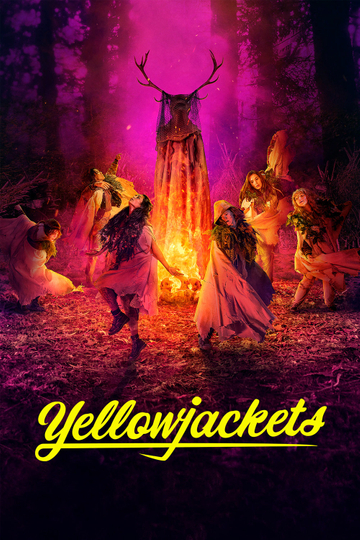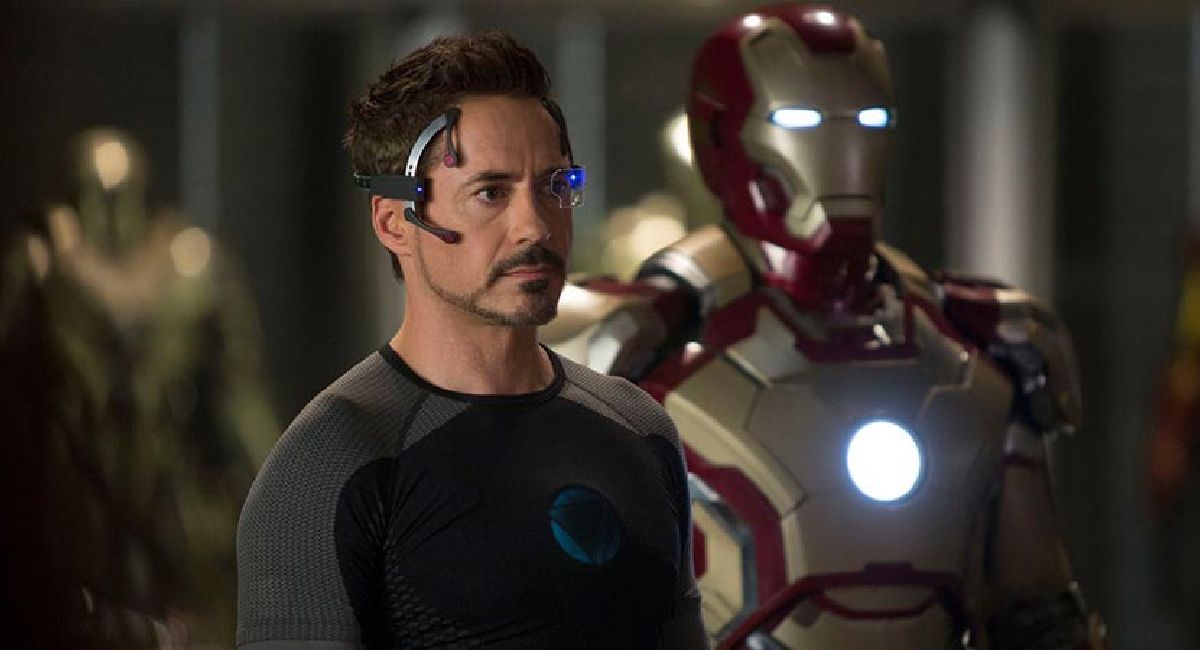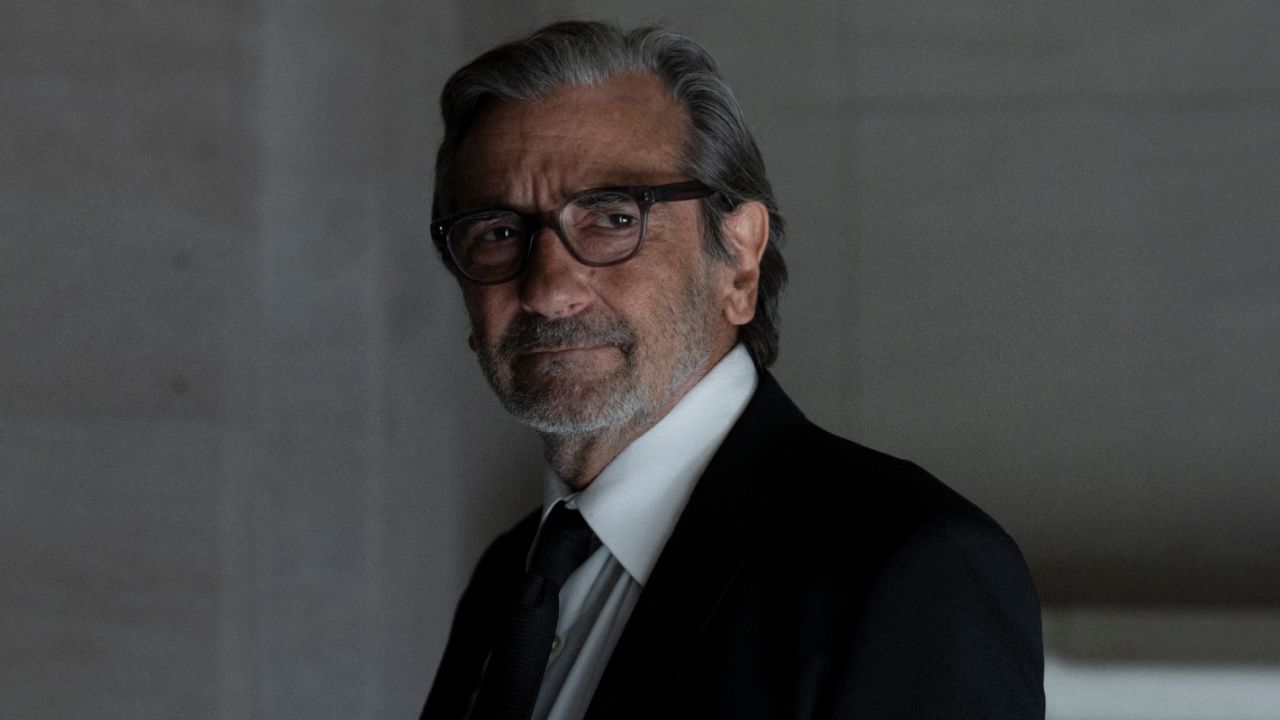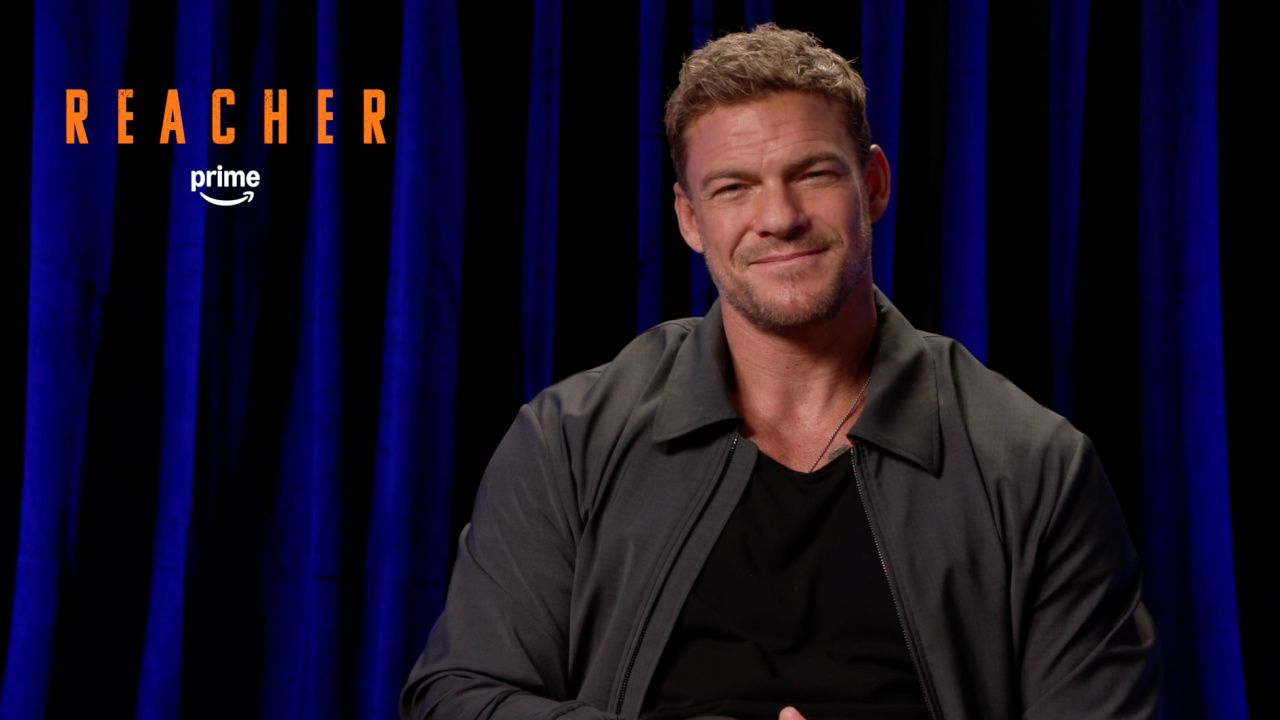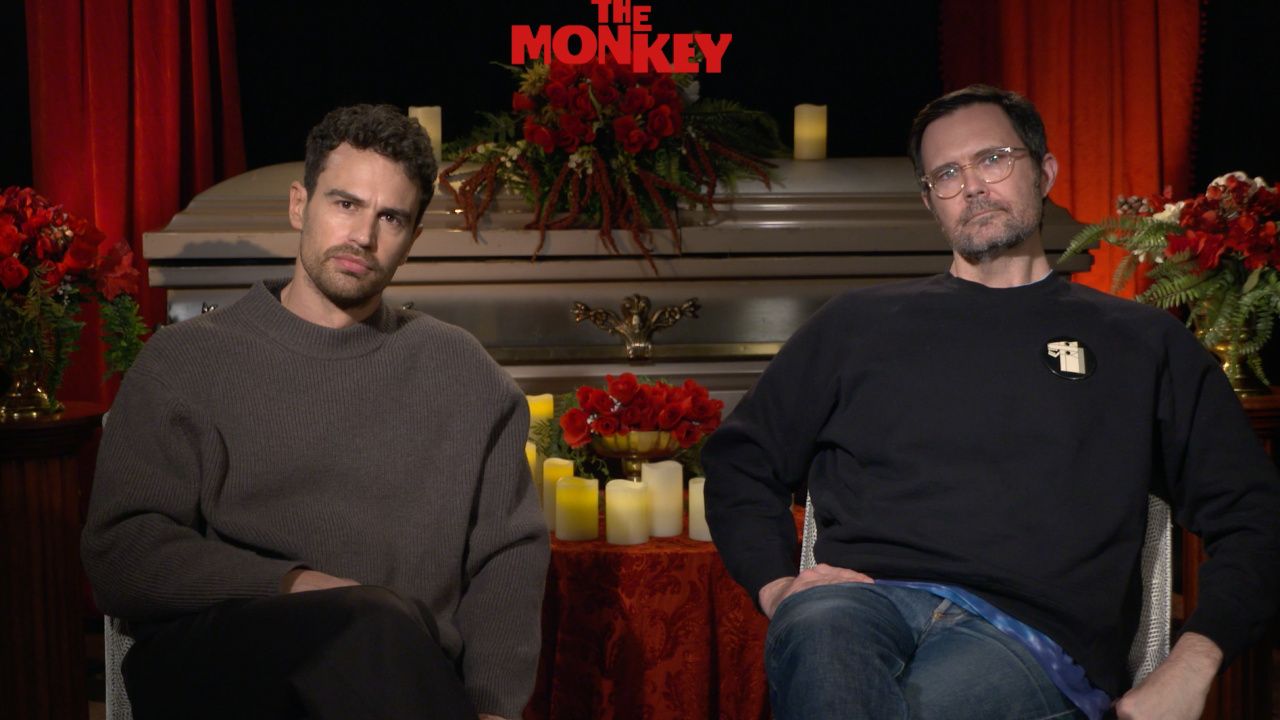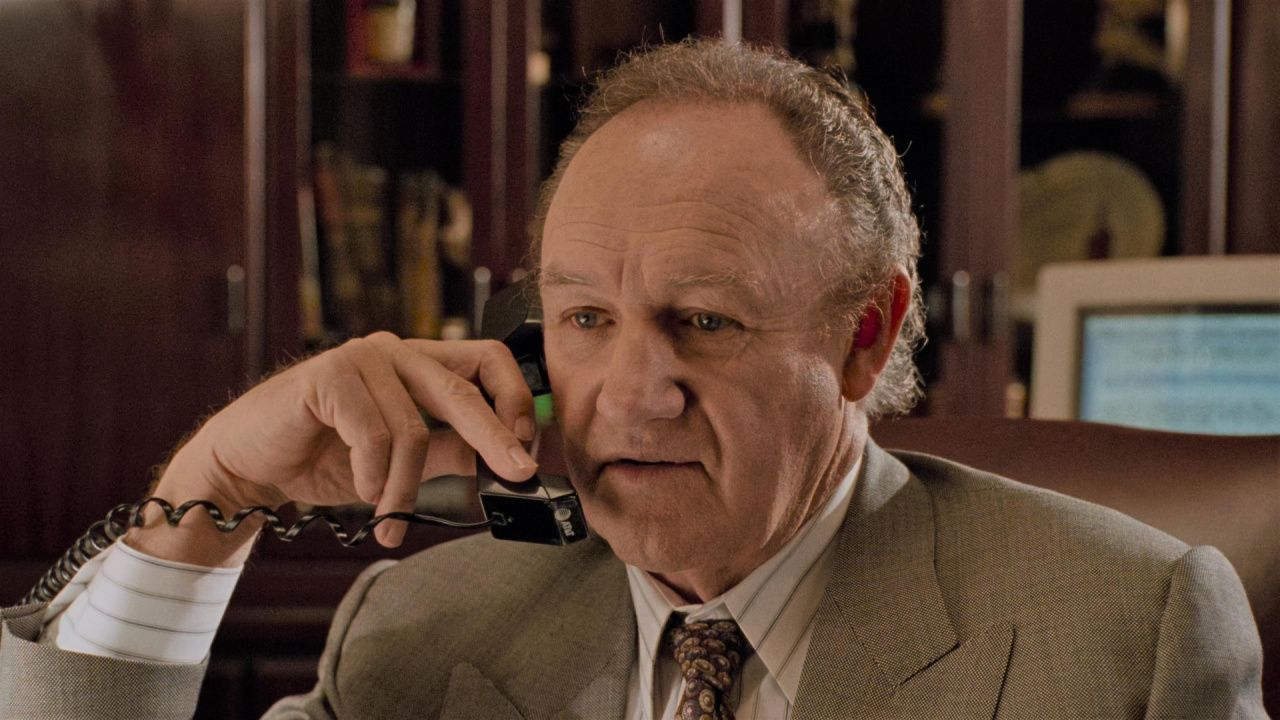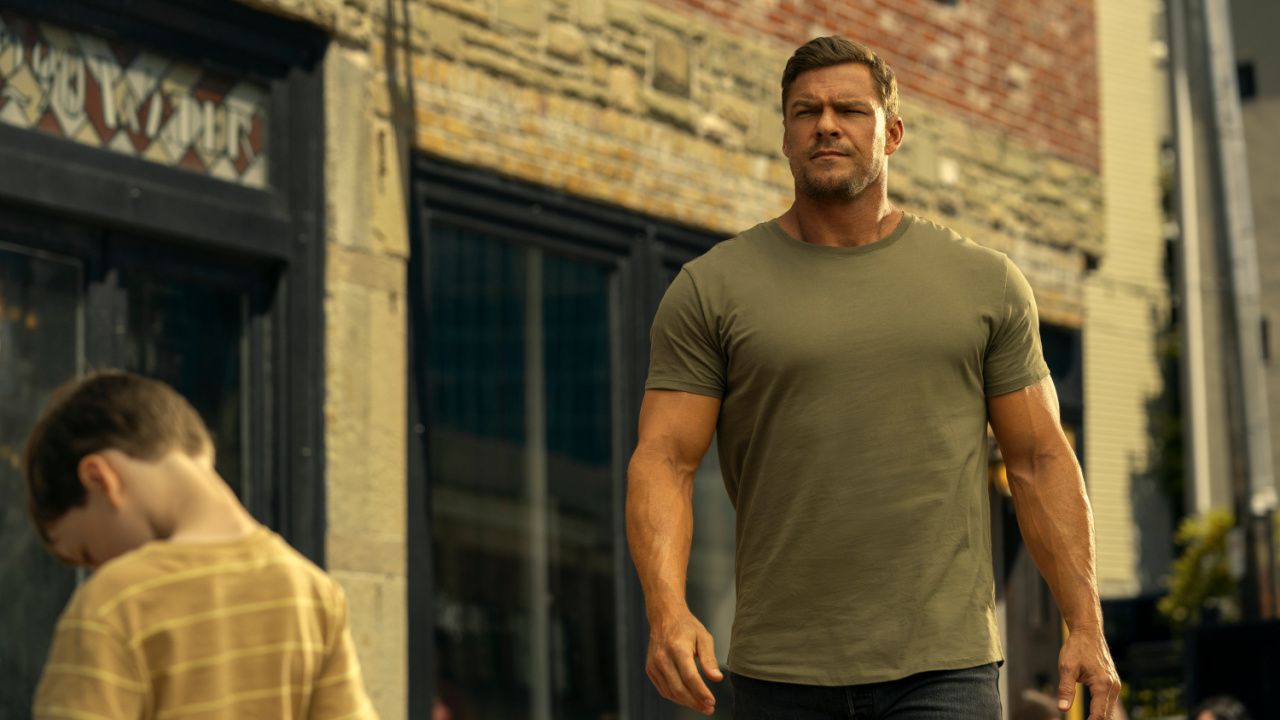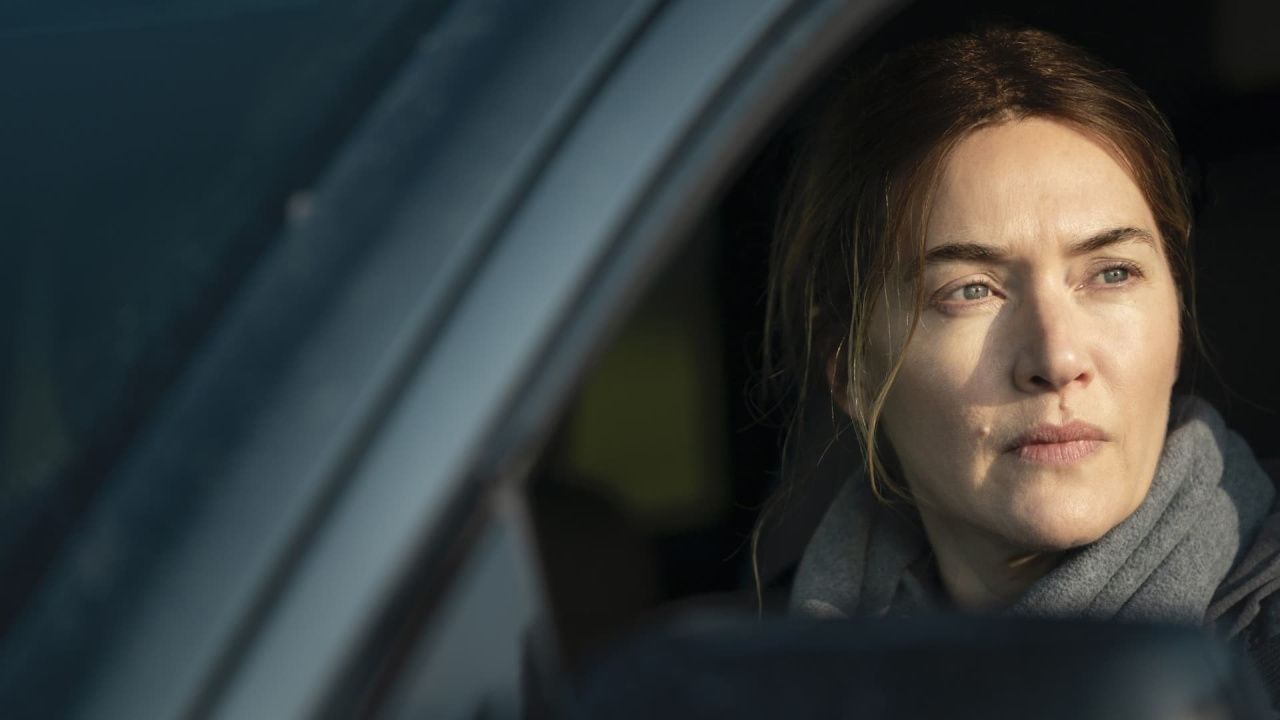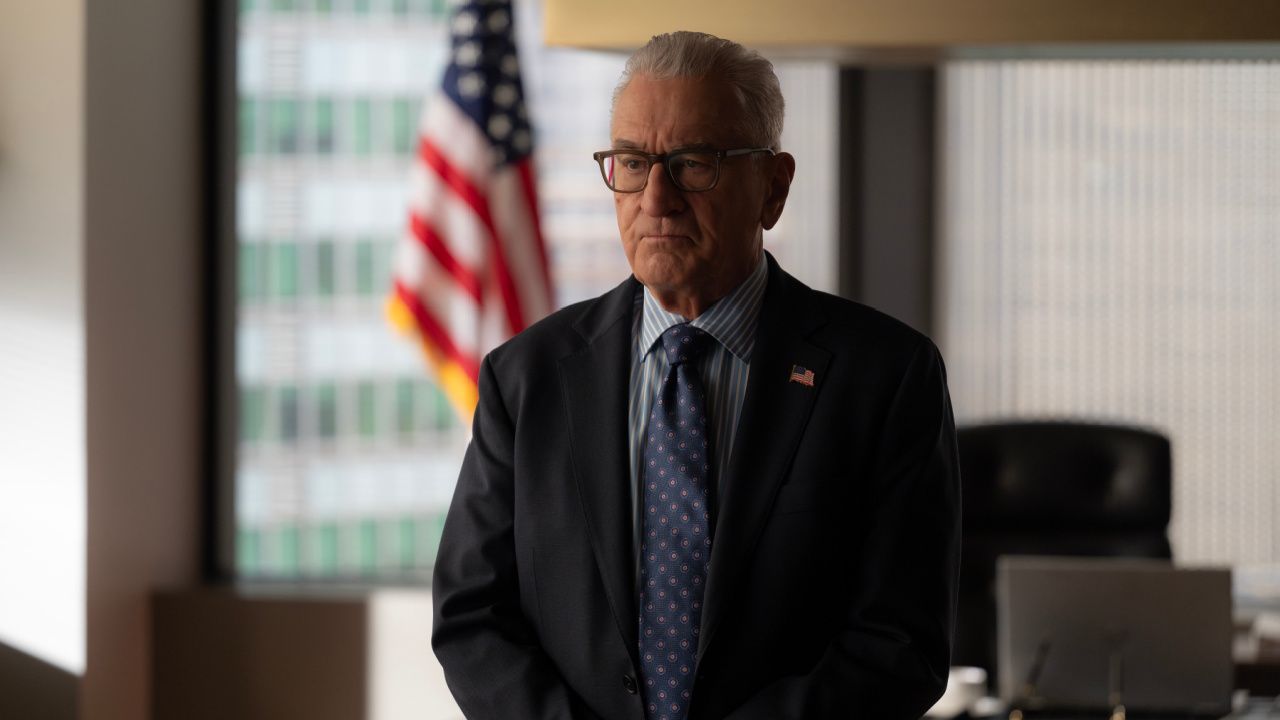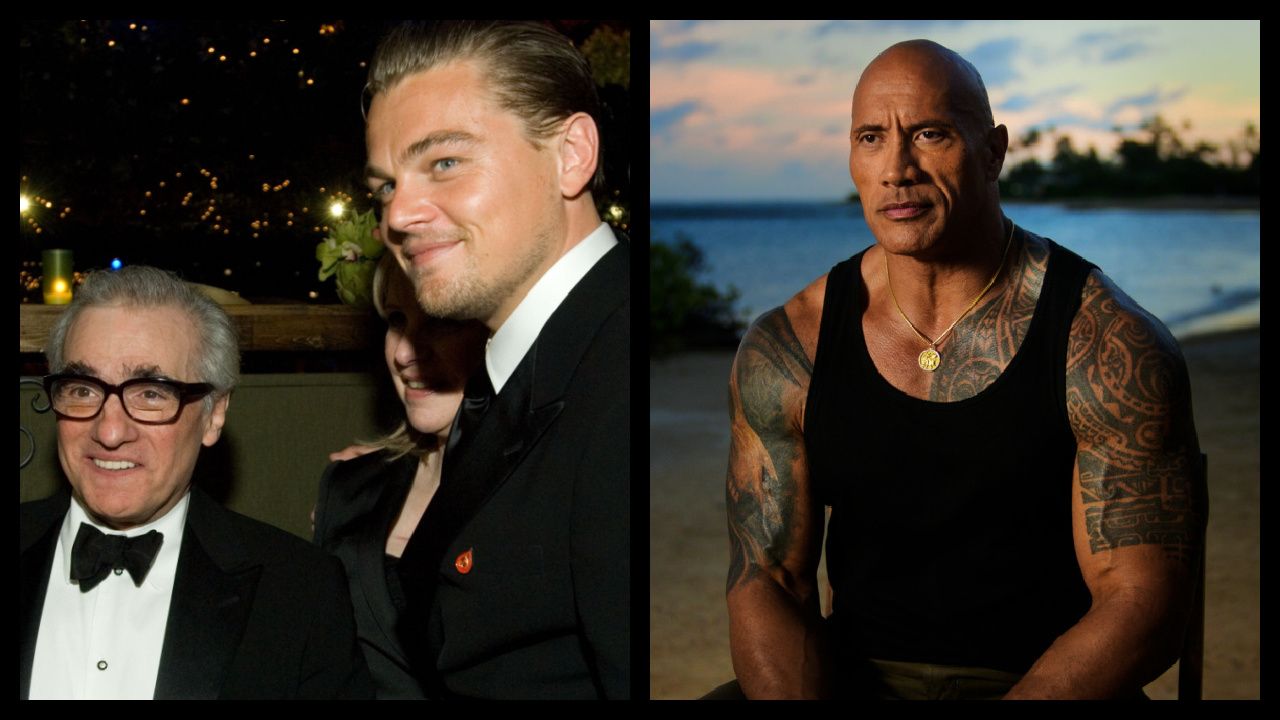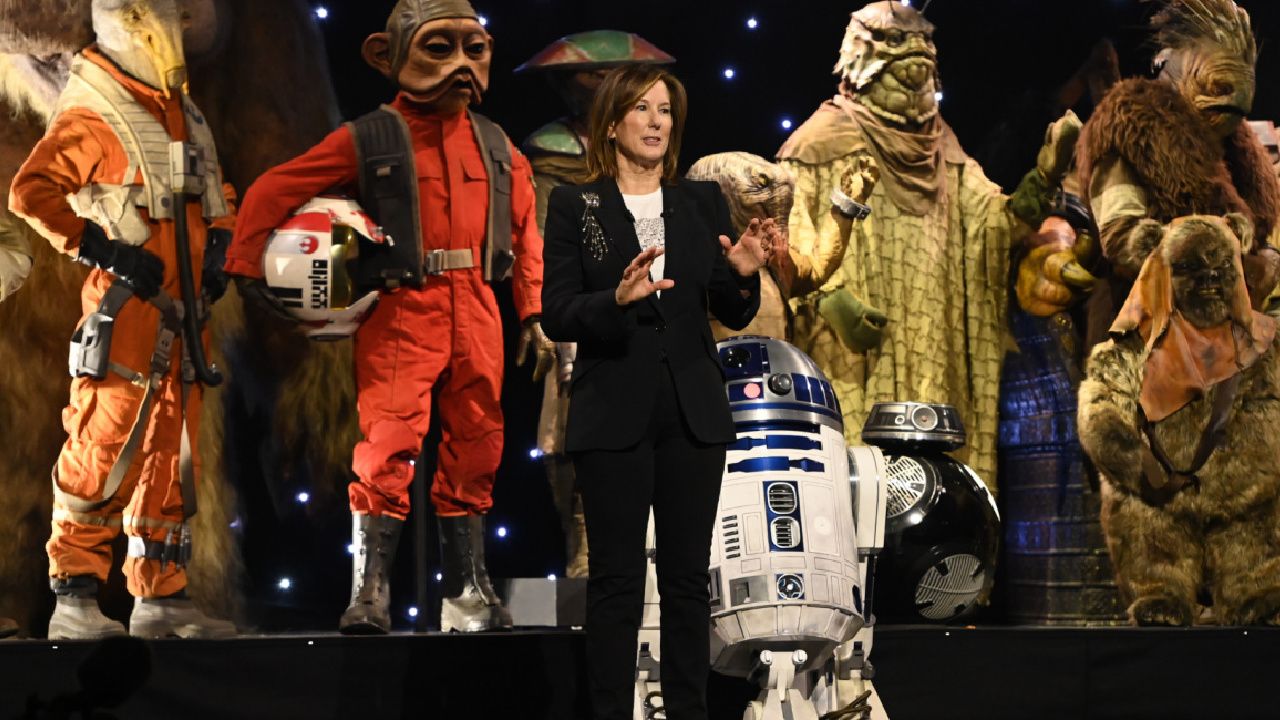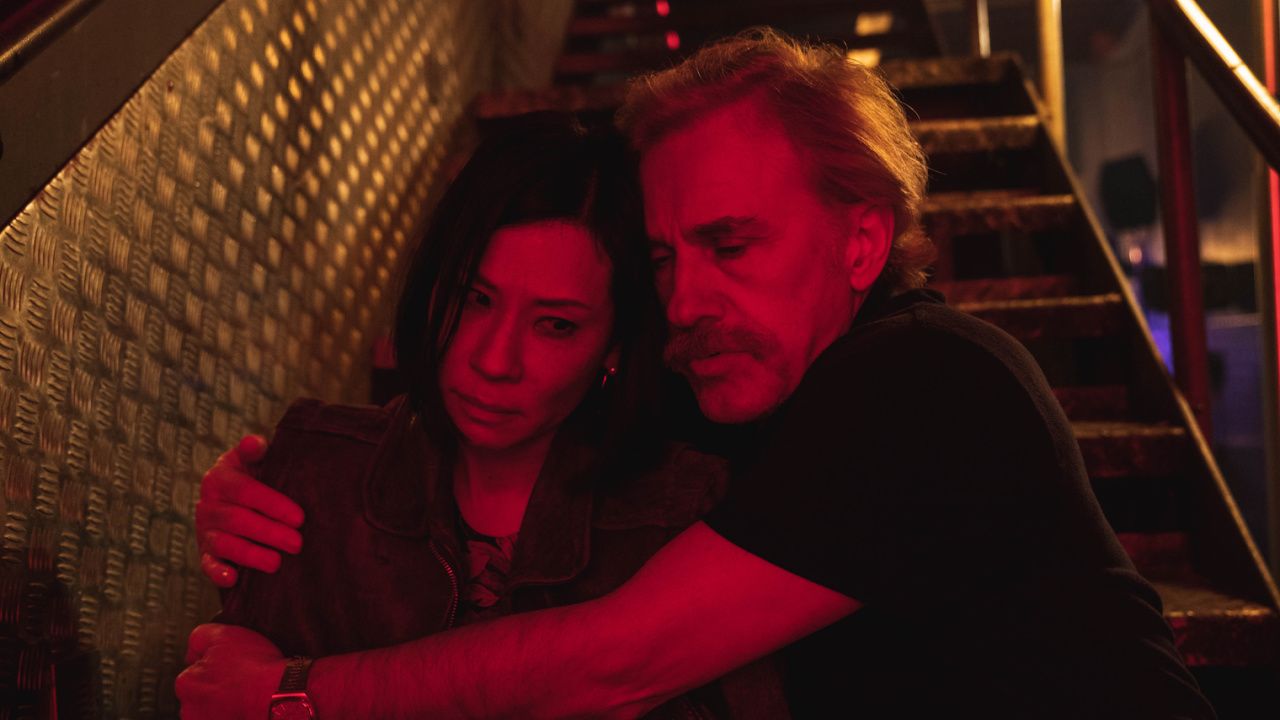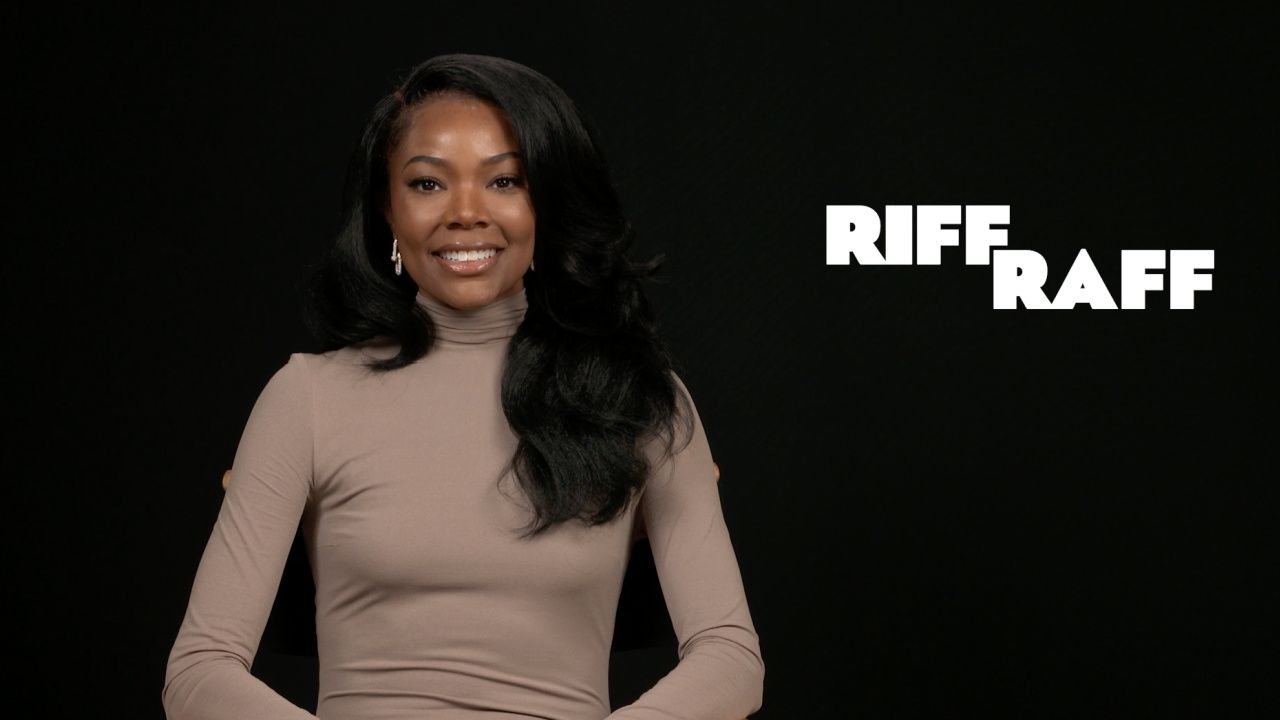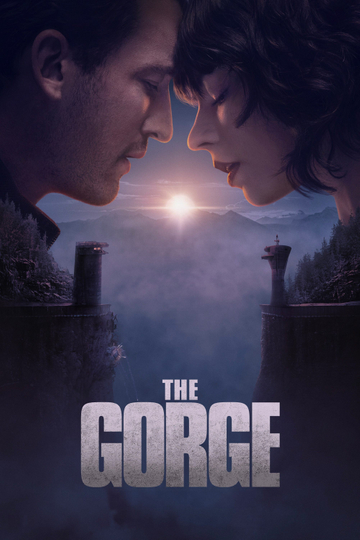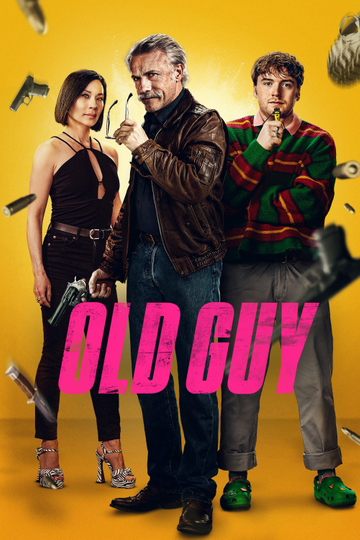Every 'Psycho' Movie, Ranked
Psycho-collage
Everyone acknowledges that Alfred Hitchcock’s “Psycho” was a game-changing instant-classic, but fewer note that it was actually the start of a long-running franchise that continued with the recent, hugely popular “Bates Motel” series (it wrapped in 2017). Included in that franchise are some really, really great sequels, an infamous remake, and a failed series-starter decades before “Bates Motel” took hold. Clearly folks were screaming for more.
6. ‘Bates Motel’ (1987)
Produced as a backdoor pilot for a series that never actually happened, “Bates Motel” stars Bud Cort as a man who befriends Norman Bates (played by series mainstay Kurt Paul, who doubled for Anthony Perkins in many of the sequels) while they’re both guests of a psych ward. Following Norman’s death, he soon becomes the owner and operator of the fabled Bates Motel. From there things get considerably weirder, and in its short 90-minute runtime manages to cram in a “Scooby-Doo”-like plot involving a supposed haunting, alternate dimensions, and an early performance by a young Jason Bateman. It feels like creator Richard Rothstein wasn’t sure what the eventual series would wind up being, so he created a bunch of wild tangents so that it could go anywhere (it didn’t). Also weird: It totally ignores the events of “Psycho II” and “III.” (A series of the same name ran from 2013 to 2017.)
5. ‘Psycho IV: The Beginning’ (1990)
Made during a rash of low-rent, made-for-cable Hitchcock sequels (I’m looking at you, “The Birds II: Land’s End!”), “Psycho IV: The Beginning” is actually pretty great, elegantly weaving elements of both prequel and sequel into a nifty, thrilling little package. Genre stalwart Mick Garris wittily directed a script by original “Psycho” writer Joseph Stefano, that saw Norman Bates (Anthony Perkins in the present and Henry Thomas in flashbacks) calling a radio show to talk about his murderous past. It sounds goofy but it is actually a lot of fun, giving depth and dimension to a character that had, for some, become a two-dimensional boogeyman. Perkins, who died just two years later and was clearly sick, adds even more layers of bruised vulnerability. It also gets bonus points for being one of the few features to be filmed entirely at Universal Studios Florida. Huzzah!
4. ‘Psycho’ (1998)
Let’s set the record straight: Gus Van Sant’s highly controversial (still!) shot-for-shot remake isn’t an incredibly lousy movie. It’s not a perfect movie by any stretch of the imagination, either, but it should be applauded for its boldness, its technical proficiency (Christopher Doyle’s photography is -- wait for it -- to die for) and its willingness to both champion the original and deconstruct it at the same time (Van Sant’s interest in the characters’ sexuality, in particular, is refreshing and insightful). Twenty years later, “Psycho” feels like something experimental if not downright revolutionary; it’s a big budget remake that isn’t content trying to replicate the thrills of the original, instead choosing to engage in a lively dialogue with what came before it, while pushing things in unexpected and exciting directions. Time to let the hate go.
3. ‘Psycho III’ (1986)
After “Psycho II” became a surprise hit, another sequel was ordered, and to convince Perkins to return, they gave him even more incentive -- he’d get to direct the movie, too. And, boy, does he ever. “Psycho III” is largely defined by its theatrical style, which Perkins indulges in endlessly (in one of the more famous moments, the light underneath a door becomes a glimmering knife blade), as well as the grittier, scummier tone (embodied by Jeff Fahey’s dirtbag drifter). Also, this movie is totally bonkers, in a gleeful, blood-splattered way. As the lowest grossing “Psycho” sequel, Universal then attempted to move the franchise onto television, both with the failed “Bates Motel” concept and made-for-cable “Psycho IV: The Beginning.” It just wouldn’t die.
2. ‘Psycho II’ (1983)
Encouraged by the boom in slasher films, Universal revisited the “Psycho” brand for a new generation of scream junkies. The resulting film plays into the popular tropes of the time, while staying true to what Alfred Hitchcock had established two decades earlier. Key to the success of the film is the more-than-game involvement of Anthony Perkins, playing Norman as a man, recently freed, who is unsure of himself and his place in society; it’s a nifty psychological underpinning that makes all of the more oversized elements of the film more relatable and earthbound. Best of all is the film’s direction by underrated Australian auteur Richard Franklin, a protégé of Hitchcock’s, who piles on the style with aplomb. Following up a true classic like “Psycho” is a losing battle, but “Psycho II” is a real winner.
1. ‘Psycho’ (1960)
When Alfred Hitchcock released “Psycho” back in 1960, nobody had seen anything like it. (Someone once described seeing it in the theater as “bedlam.”) Hitchcock, working with a television crew and in the cheaper medium of black-and-white, adapted a pulpy novel (itself inspired by the infamous crimes of serial killer and graverobber Ed Gein) and turned it into something transcendent -- the world’s first A+ B-movie. Janet Leigh became an icon as Marion Crane, a determined and ultimately doomed woman who steals a ton of cash and winds up in a motel on the outskirts of town, run by a creepy mama’s boy named Norman Bates (Perkins). The fact that Leigh was murdered in the first third of the movie was one of many brutally surprising twists; Hitchcock was fearless and wanted to watch his audiences scream. This was a film that not only inspired a slew of imitators but also established its own horror sub-genre -- the slasher movie. The tropes that would define that genre (including their buttoned-up morality), can all be traced to “Psycho.” It still slays.


